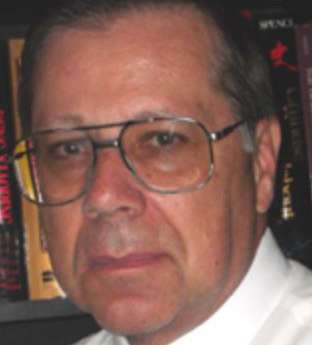
By JOHN RICHARD SCHROCK
How bad is the teacher shortage in Kansas? Across the state, parents and teachers and administrators are well aware that more vacancies are going unfilled these last two years. Therefore the press was eager to hear the K.S.D.E. staff report providing data at the April 12 K.S.B.E. meeting.
Vacancies were broken down by discipline. The teacher shortage last fall was compared with the shortage this spring. And we could see more resignations in this next month.
Into fall 2021
Special Ed., 269
Elementary, 233
English Language Arts, 90
Math, 83
Science, 80
All, 1,253
Late spring 2022
Special Ed., 305
Elementary, 251
English Language Arts, 108
Math, 94
Science, 86
All, 1,381
These vacancy numbers rely on self-reporting by the school superintendents across the state—a “trust me” system. I can confidently assure Kansans that these numbers are an undercount of the true extent of science teacher vacancies. This underestimation undoubtedly applies to the other teaching fields as well.
It is possible to go online and view the 286 U.S.D. websites and in most cases locate their science teachers and what subjects they teach. A shortage of 86 would very likely be closer to the shortage of just physics teachers alone. The chemistry teacher shortage would likely be similar and the number of out-of-field or unlicensed biology teachers is likely well over a hundred.
The numbers of new science licenses issued each year began dropping after 2001. No Child Left Behind began enforcing state assessments and dictating what is taught. The numbers of new science teachers licensed has dropped well below replacement for the last 20 years.
The Kansas Board of Regents requests state universities report the number of teachers they have in the pipeline each year. That number has also trended downward, particularly after the Kansas Legislature ended teacher tenure. Yet the numbers indicate possibly just enough to fill these vacancies. But that is always misleading because: 1) some students discover during student teaching that they don’t like teaching and they complete their degree but never apply for a state license; 2) some students come from out-of-state and leave upon graduation, also not securing a Kansas teaching license; and 3) some new teachers are married to a spouse with a job in one location that has no teacher vacancies in their field and are unwilling or unable to move away to fill a distant vacancy.
When I began teacher training at E.S.U. in 1986, I tallied the number of physics vacancies in the state and discovered that there were more than enough Kansas-licensed physics teachers to fill those vacancies. But it would likely take three such teachers graduated annually to fill one new vacancy because of the above factors.
The result is that Kansas will have a growing number of unqualified teachers in many classrooms for the foreseeable future.
As a possible solution, the Board was presented a scenario of four teachers: A-B-C-D. A and B were fully licensed while C and D were not licensed in their field. They could all cooperate together, helping each other, and cover their four sets of classes with some supposed professional integrity. The problem is that Kansas has a large number of very small rural schools where their only teachers are now C and D. The few licensed teachers in the building are in no way able to extend their expertise to the babysitters. While the elite Johnson County, Maize and other rich schools hire away more of the remaining licensed teachers, the smaller rural schools are left giving their students a 1930s education. Kansas is in desperate need of school consolidation, which would make our remaining qualified teachers stretch further.
The ultimate irony of the K.S.B.E. meeting is that the Commissioner had just described that morning how Kansas had the highest standards for 8th Grade Reading in the country. Kansas exceeded the other 49 states and District of Columbia, based on a determination by the U.S. Department of Statistics for the National Assessment of Educational Progress.
But what use is having the highest standards in the nation on paper, when Cousin Bubba needs barely more than a heartbeat to babysit our students? Having qualified teachers in the classroom is everything.
. . .
John Richard Schrock has trained biology teachers for more than 30 years in Kansas. He also has lectured at 27 universities during 20 trips to China. He holds the distinction of “Faculty Emeritus” at Emporia State University.





